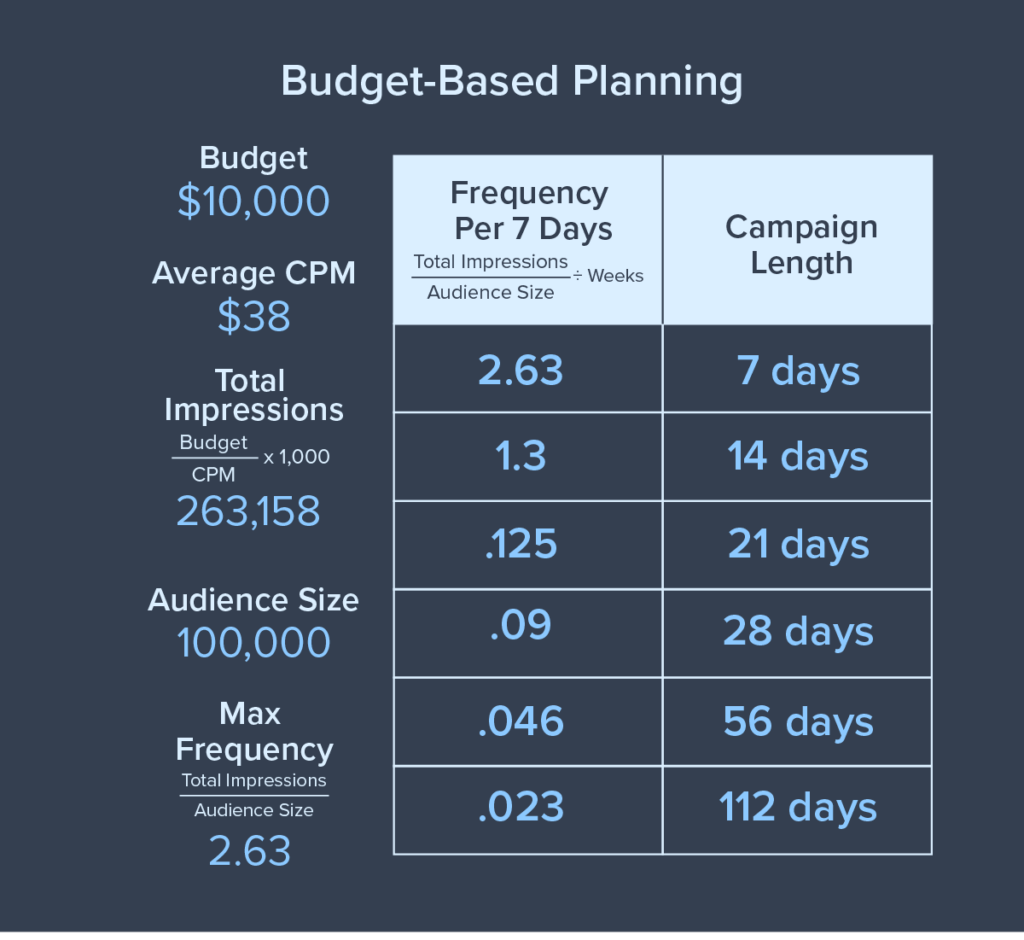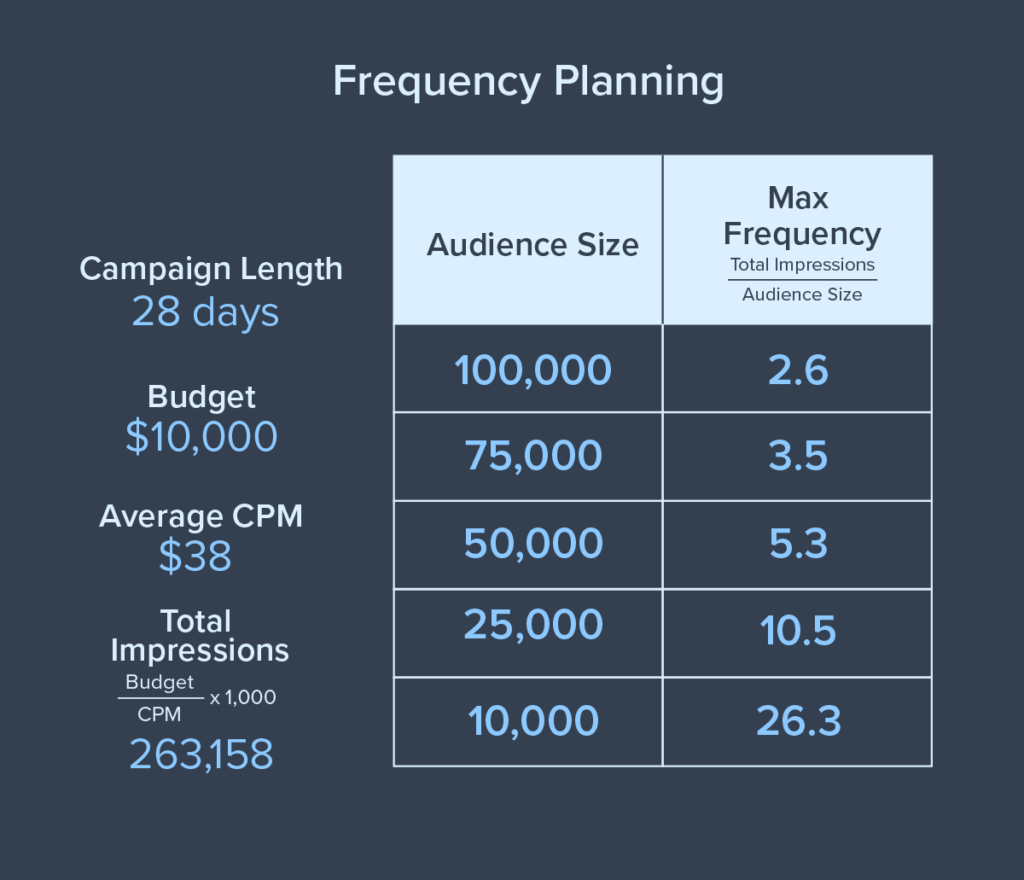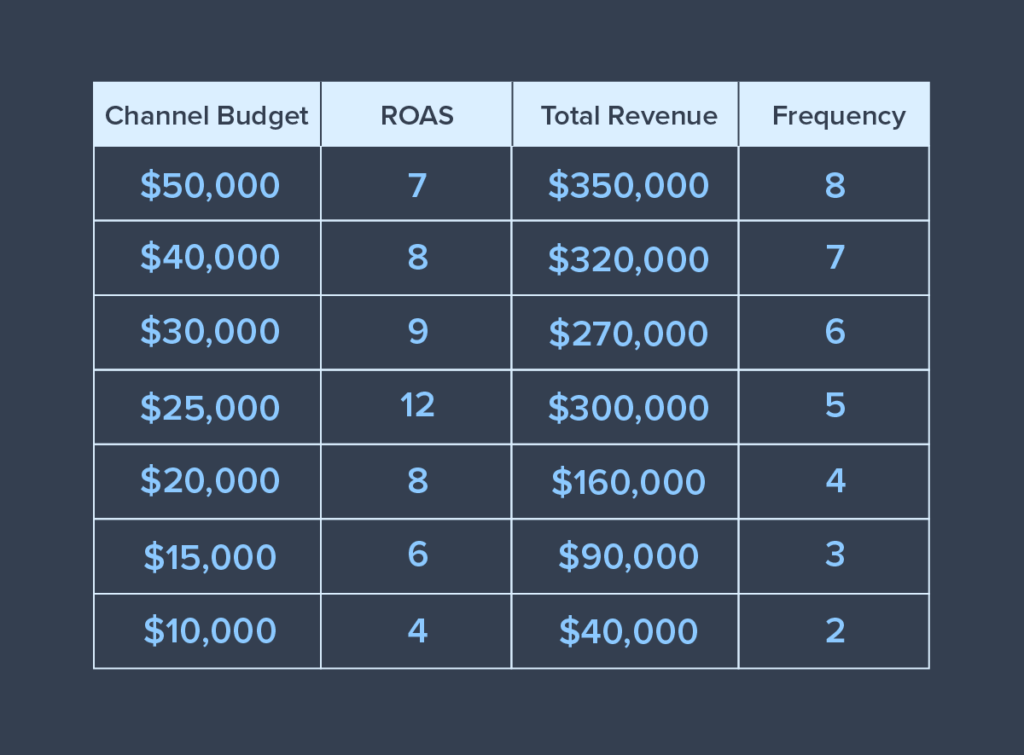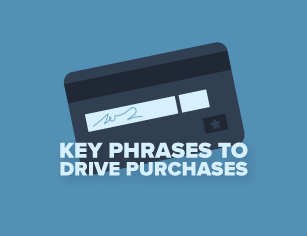While marketers are innovators who pride themselves on thinking outside the box, they also know the importance of adhering to a budget — especially in an economically unstable landscape. By understanding how to create a marketing budget, you’ll be equipped to set measurable goals and compare year over year progress.
This year, companies will allocate approximately 13.6% of their budgets to marketing. If you’re struggling to make that number work — or have no idea how to get started — consider the following tips.

Conduct Market Research
You may be planning to launch a new product this year or expand into a new region. As you grow and scale, so does your target audience and competition, which is why it’s important to be aware of trends in consumer behavior and economic predictions. Understanding the market will help you differentiate your brand and know when to push the brakes or gas as you determine how to create a marketing budget that’s right for you.
Choose the Most Optimal Marketing Channels
Do you know how much to allocate to digital media versus traditional? Many CMOs have increased their digital marketing budget by 15 percent since September 2021, so you may be wondering if this is the right step for you.
While there’s no cut and dry answer — especially since marketing budgets vary depending on your goals — it helps to first consider your target audience. Most consumers are shifting their time and attention to digital entertainment and news, but it may not be the best for your brand.
Does your target audience prefer more traditional advertising channels, like newspapers, Broadcast TV, and/or mailers? Or do they respond to digital ads — through social media, display, and email marketing efforts? By knowing which channels are best for your audience, you’ll be able to find the marketing budget breakdown that works.
Estimate Campaign Costs
The most essential part of learning how to create a marketing budget is to understand that it’s your prediction of what you expect to spend this year — based on your set goals and project plans.
But there’s an art and science to campaign budgeting. Rather than just throwing money at campaigns and hoping for the best, you should consider metrics like campaign length, frequency, audience size, and cost per mille (CPM) of the channel.
Here are two simple, but effective, budgeting methods that use ad frequency to estimate digital campaign budgets.
Budget-Based Planning — “Guesstimating”
Budget-based planning is best for brands just starting out in the digital ad space that don’t have historical data or audience size information from a digital partner or team.
Let’s imagine you’re interested in streaming TV advertising, but only know the budget and the average CPM. You estimate an audience size of 100,000. By plugging in those numbers, the below chart can help you figure out how long the ideal ad campaign should last.

While your ideal ad frequency will depend on multiple factors — as evidenced by the table — we believe shorter campaigns with higher frequency are the best bang for your $10,000.
Budget + Audience Planning — Frequency Planning
Like budget-based planning, frequency planning involves working backward with the data you have. This time, that data is estimated audience size and ad frequency.

As the table demonstrates, audience and frequency drive each other. If you want an ad frequency of 3.5, your audience cannot be larger than 75,000 people. The reverse is also true, if your audience size is 75,000, your max frequency is 3.5.
Using this formula, you can calculate your ideal budget for a 28-day campaign by plugging in the audience size, max frequency, and average CPM for the channel.
How much should I increase my budget in 2023?
As helpful as these two budgeting methods can be for organizations — especially those on the newer side or ones that neglected to measure past campaigns — the best forecasts are built upon historical data. Consistent data collection allows you to look for patterns and estimate when oversaturating your audience will lead to diminishing returns.
One way to ballpark how much you should increase your budget this year is to look at three points of data: ROAS (return on ad spend), a specific channel’s budget, and ad frequency.

Although the $25,000 campaign provides you $20,000 less in revenue than the $40,000 campaign, it’s more efficient in terms of ROAS. If budget is an issue for your brand, then the $25,000 spend is your best option.
Learning how to create a marketing budget is critical to your organization’s bottom line. If you need help building the right budget, reach out to us at Power Marketing. We can help you create the perfect marketing budget for your business and help you execute it across both traditional and digital channels for optimal results.


